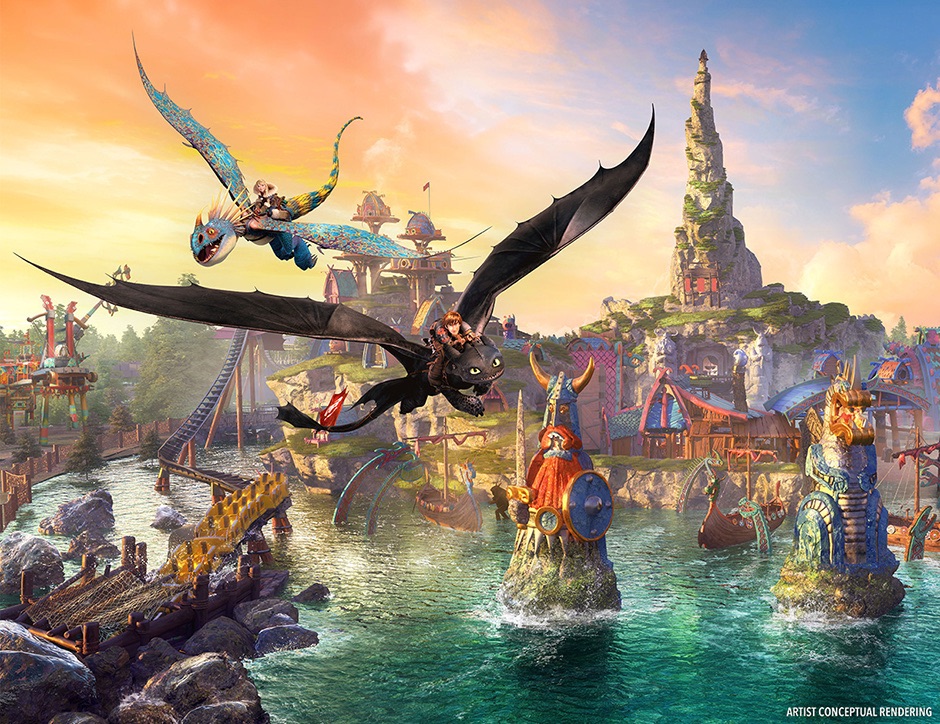Mobile apps in theme parks have become essential tools for enhancing the guest experience. From helping visitors skip long lines to providing real-time navigation and contactless payments, mobile apps in theme parks are transforming how guests plan and enjoy their visits.
Planning Made Simple: The Pre-Visit Experience
Long before guests arrive at the park gates, mobile apps are already playing a key role. Features like interactive maps, ticket purchasing, ride reservation systems, and customizable itineraries empower users to plan their visit in advance. This reduces uncertainty and ensures a smoother experience.
Many apps now integrate real-time crowd analytics, suggesting the best times to visit specific attractions based on historical and current data. This is typically powered by a combination of location services, data science models, and cloud-based analytics platforms.
Additionally, apps often store payment details for contactless transactions, link park tickets, and integrate with hotel reservations, making them a central hub for all trip logistics.
Real-Time Navigation and Information
Once inside the park, guests rely on mobile apps for navigation, show schedules, dining options, and more. GPS-enabled interactive maps guide users through the park and update in real-time based on location. These maps often overlay information like wait times, character meet-and-greet locations, and restroom availability.
Behind the scenes, geolocation data and Wi-Fi triangulation play critical roles in tracking guest movement and helping the app deliver relevant information. Edge computing and low-latency APIs ensure that updates to wait times or ride closures appear instantly in the app.
Push notifications are also used to provide timely updates about parade routes, showtimes, or sudden weather disruptions. These notifications are often driven by geofencing rules and backend event scheduling systems.

Virtual Queues and Lightning Lanes
One of the most impactful technological advancements has been the introduction of virtual queues. Instead of standing in physical lines, guests can reserve ride times through the app, freeing them to enjoy other parts of the park.
Implementing a virtual queue system involves complex backend coordination. APIs must sync ride availability with reservation slots, handle thousands of concurrent users, and enforce policies like ride limits per guest. Load balancing and elastic cloud infrastructure are essential to maintaining uptime during peak usage times.
This shift not only improves the guest experience but also enables parks to manage crowd flow more effectively, reducing congestion in popular areas.
Food Ordering and Contactless Payments
Mobile food ordering has become standard in most major parks, allowing guests to browse menus, place orders, and receive pickup notifications without waiting in line. This streamlines dining logistics and increases throughput for food vendors.
These systems rely on real-time inventory tracking, kitchen display systems (KDS), and integration with point-of-sale (POS) software. Apps also securely store payment information using tokenization and often support digital wallets like Apple Pay or Google Pay.
Contactless payments aren’t just for food; they’re used for merchandise, locker rentals, and even entry to premium experiences. NFC and QR code scanning have become critical components in delivering seamless financial transactions.
Gamification and Immersive Experiences
Many theme parks have begun incorporating gamification into their mobile apps to enrich the guest experience. Whether it’s earning badges for riding certain attractions or interacting with AR elements in the park, these features add a new layer of engagement.
Apps like Disney’s Play Disney Parks app offer mini-games, trivia, and interactive maps tied to the physical environment. These features often rely on Bluetooth beacons, augmented reality libraries, and event-driven architectures.
By blending the digital and physical worlds, parks can deliver a more immersive experience that appeals to both kids and adults.
Accessibility and Inclusivity
Mobile apps are also making parks more accessible. Features like screen reader support, real-time translation, closed captioning for shows, and accessibility maps for guests with mobility challenges ensure that everyone can enjoy the park equally.
Many of these accessibility features are built using native iOS and Android accessibility APIs. Some parks also incorporate real-time chat support or AI-powered assistants to provide additional help.

Data Collection and Guest Insights
Every interaction on a mobile app is a valuable data point. Parks use this data to understand guest behavior, optimize operations, and personalize marketing. For example, if a guest frequently checks thrill rides, the app might prioritize adrenaline-pumping attractions in its suggestions.
Data pipelines often include tools like Apache Kafka for real-time data ingestion, cloud data warehouses for storage, and analytics platforms for visualization and machine learning.
While data collection can enhance experiences, it also raises privacy concerns. Reputable parks are investing in transparent data policies and robust data protection to maintain guest trust.
Looking Ahead: The Future of Theme Park Apps
As technology evolves, so will theme park apps. Expect to see deeper integration with wearables, advanced AR experiences, and AI-driven personalization engines. We may also see the rise of voice-controlled features or AI concierges that help guests plan and adapt their day on the fly.
With 5G networks, real-time video streaming and instant updates will become even more seamless. Blockchain could also emerge as a secure solution for ticketing and identity management.
One thing is certain: the mobile app is no longer just a companion to the theme park experience—it’s a central character in the story.
From planning to personalization, mobile apps are redefining what it means to visit a theme park. As a software engineer, it’s clear that the future of theme park innovation will be written in code. And we’re just getting started.






Leave a Reply